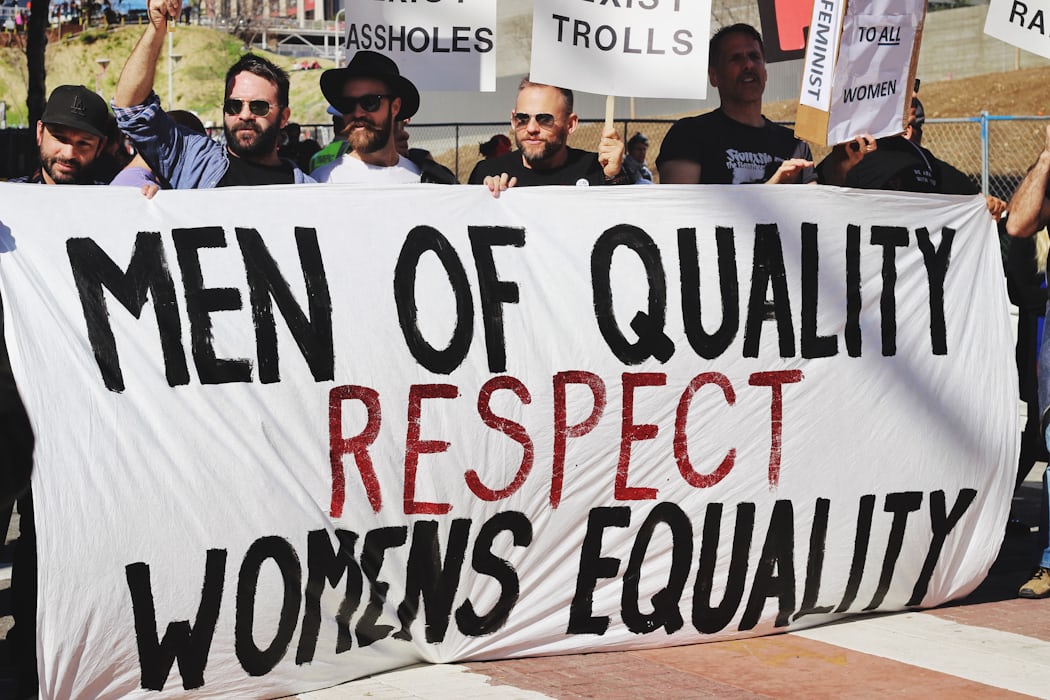 |
| Photo by NASA on Unsplash |
In 2013, Dr. Corinne Moss-Racusin and her colleagues at Yale University published a study testing the question:
Are scientists biased against female applicants to jobs?
If so, this may explain the imbalance of male and female scientists. To test this question, they recruited 127 professors in Biology, Chemistry, and Physics at 6 research-intensive universities; 3 were public and 3 were private. These professors were asked to provide feedback on the application materials of an undergraduate science student who wanted to pursue a Ph.D. in their field. What's important is that each faculty member believed that they were providing feedback on a real student who wanted to pursue their career path, and that the student would receive this feedback in order to aid them in reaching this goal.
The professors were then randomly assigned to receive one of two sets of application materials. These two sets of application materials were identical, in that they included the same exact details of a highly competitive student with some ambiguity with regard to their competence to do independent research. This is by far the most common type of application we get as professors, and is also the type of student whose eventual success will depend largely upon whether a professor is willing to mentor and train them. The difference between the two applications was that one of the applicants was named Jennifer, or a presumably female applicant, and the other was named John, a presumably male applicant.
The professors were asked to rate the applicant's competence, the likelihood that they would be interested in hiring the student, estimate an annual starting salary of the applicant, and report the amount of mentoring they would provide to the applicant. At the end of the study, these professors were debriefed about the study and none of them knew that the application materials they reviewed were not of a real student.
1) That applications with the name John would be rated as more competent and more likely to be mentored and hired, at higher salaries than the applications with the name Jennifer.
2) That #1 would not depend on whether the professor rating the applicant was male or female.
They found that applications for John were rated as significantly more competent,and professors indicated that they were more likely to hire and provide more mentoring to John. Professors also indicated that the starting salary for John should be between $29,000 and $31,000 per year whereas Jennifer's should be between $25,500 and $27,500. This pattern did not vary based on whether the professor rating the applications was male or female, whether they were old or young, nor whether the professor already had tenure.
 |
| Photo by Samantha Sophia on Unsplash |
This is important because there are many ways that a social narrative that women are better suited for positions of subordinance can lead women to behave subordinately and men to treat women as subordinants. The ways women perpetuate this review is expertly outlined in books like Sheryl Sandberg's Lean In.
If you're interested in knowing whether you are implicitly biased in this particular way, spend just a few minutes to take this test. Knowledge is power people! If you find that you do, there may be some small ways you can combat these types of bias, especially if you ever operate as a gatekeeper to opportunities for training and jobs. The truth is, only we suffer by biases like this. If we want to solve the problems of the universe, we need the best minds to do it.
Moss-Racusin, C. A., Dovidio, J. F., Brescoll, V. L., Graham, M. J., & Handelsman, J. (2012). Science faculty’s subtle gender biases favor male students. Proceedings of the National Academy of Sciences, 109(41), 16474-16479.